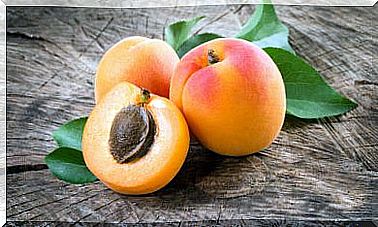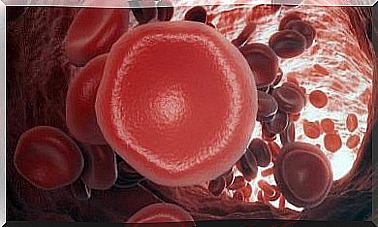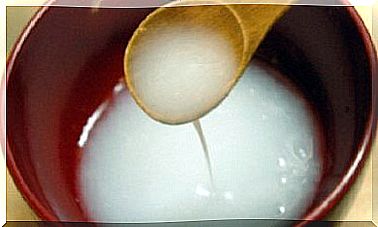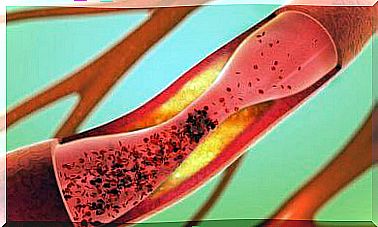Calcium-rich Vegetables: 10 Great Options
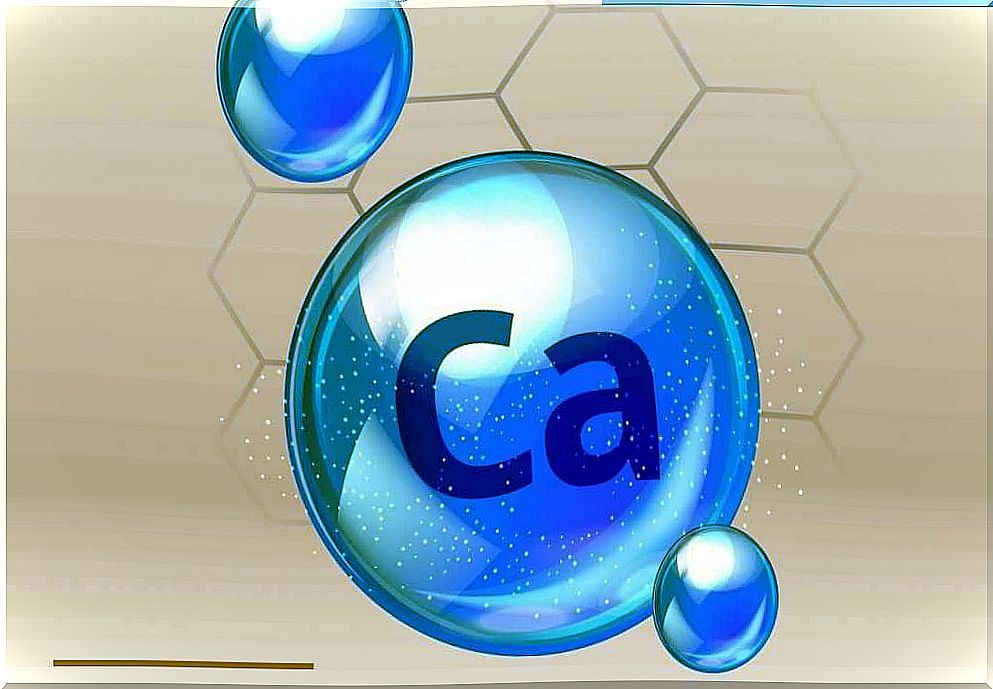
In this article, we want to tell you which vegetables are particularly high in calcium. Calcium-rich vegetables are delicious and readily available, so don’t hesitate to start enjoying them more!
Why do I need to get calcium from food?
Calcium is an important mineral to ensure strong and healthy bones, teeth and muscles. In addition, the human nerves need calcium to send messages to and from the brain and other parts of the body.
If you don’t get enough calcium, you may start to suffer from many problems, such as osteoporosis and obesity, and you may even increase your risk of heart attack. In addition to eating dairy products to ensure adequate calcium intake, there are other good sources that should not be missed.
Many of us mistakenly believe that adding milk, yogurt, or cheese to a diet is enough to give the body all the calcium it needs. In addition, it should be noted that certain dairy products and foods in which they are included (especially desserts and fried products) are not good for health at all and may be high in sugar and fat. Instead, you should enjoy natural products that are high in calcium.
Calcium-rich vegetables: where is the most calcium?
Some vegetables contain even more calcium than milk. This is, of course, great news for anyone with lactose intolerance and vegans.
Add the following calcium-rich vegetables to the label:
1. Spinach

One of the most calcium-containing deciduous green plants is spinach. If you eat 100 grams of raw spinach, your body will get 210 mg of calcium. If you cook spinach instead, the amount is reduced to 158 mg. However, keep in mind that spinach contains oxalates that prevent some minerals from being properly absorbed into the body.
2. Nuts
Second on our list are delicious nuts. You can really enjoy them in many ways: one option is milk made from nuts (like almond milk). Nuts are often found in desserts and are eaten raw as well as roasted.
Nuts reduce the risk of osteoporosis by preventing bone loss and promoting healthy growth. Because of its many good health effects, nuts are a recommended food for people of all ages.
However, you get the most calcium from the following qualities:
- Almonds (240 mg of calcium per 100 grams)
- Walnuts (170 mg)
- Hazelnuts (140 mg)
- Pistachios (110 mg)
3. Soybeans
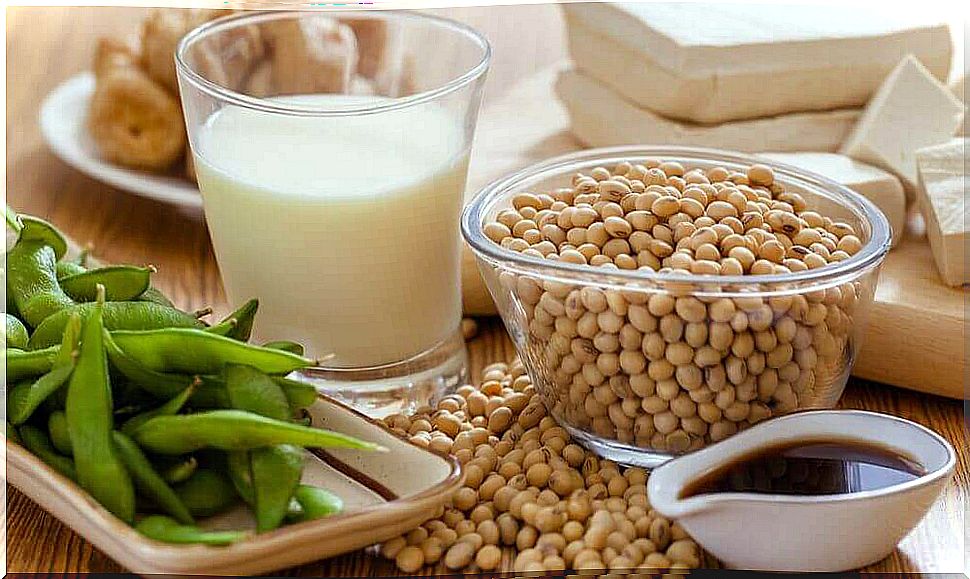
Of the legumes, soybeans have the most calcium. A glass of soy milk can provide the same amount of calcium as a glass of regular milk.
Soy also contains isoflavones known as daidzein, which prevent a decrease in the lime content of bones. In addition, soy also prevents the body from excreting calcium through the urine.
Tofu is a product made from soy that can replace meat. It is low in calories and fat but very high in calcium, making it a great choice for all vegetarians.
4. Kale
Kale, or kale, provides a real dose of calcium, as 100 grams contains as much as 150 mg. Kale contains no oxalates at all, so it does not affect the body’s ability to absorb calcium or other minerals. However, keep in mind that kale should always be eaten raw.
5. Orange
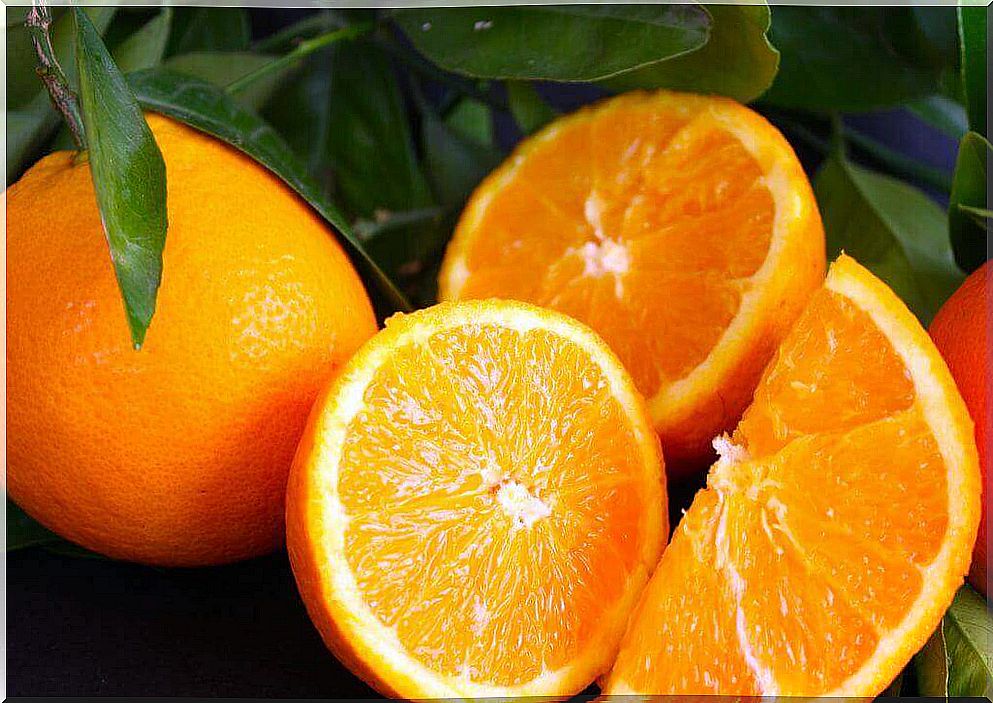
Calcium-rich vegetables also contain one fruit, orange, which is also a vitamin C bomb. This vitamin prevents us from getting sick in the winter, and oranges are also high in calcium: about 60 mg per fruit.
If you enjoy a glass of fresh orange juice in the morning, you can get up to 300 mg of calcium in your body – and what better way to start the day than by getting all the nutrients you need from a natural product!
6. White beans
Among other things, these legumes have the benefit of being a great help in preventing bone and tooth problems. 100 grams of white beans contains 70 mg of calcium, and if you choose dry beans, you will get up to 177 mg of calcium from the same amount.
7. Onion
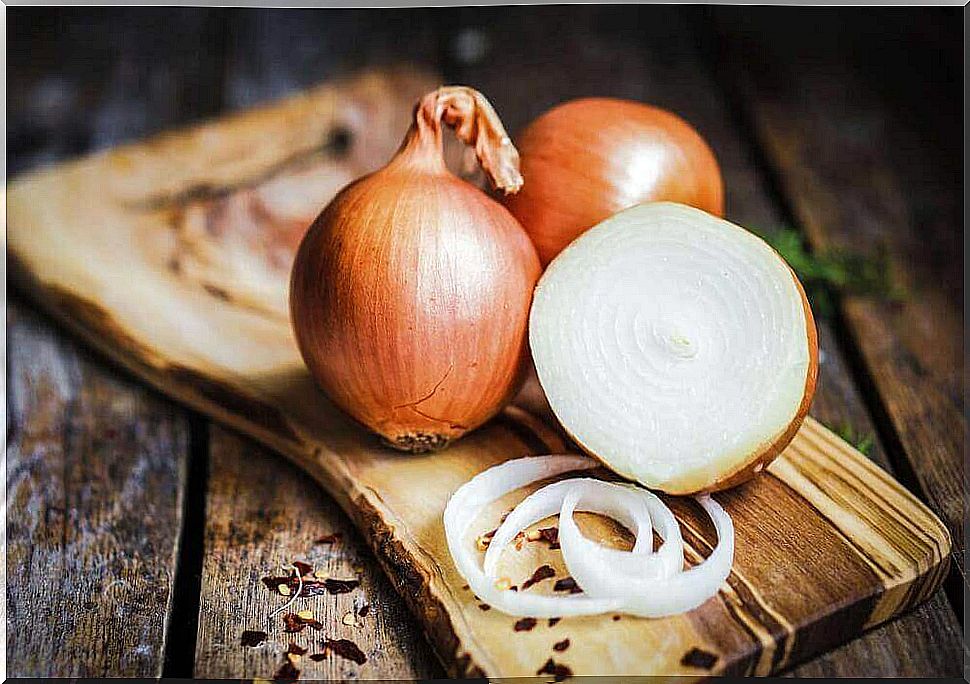
Onions have numerous benefits for the health of the body. Firstly, it is an anti-bacterial product, but in addition, onions provide, among other things, a rich dose of trace elements (which also include calcium). 100 grams of onion contains 20 mg of calcium, and in addition, onion helps to promote digestion, as it increases appetite and removes fluid from the body.
8. Chickpeas
These legumes provide a great variety of food, as chickpeas work in stews, pastes, salads as well as many other portions. They contain 134 mg of calcium per 100 grams, but it must be borne in mind that this amount is halved if chickpeas are boiled. They also contain oxalates, so the body may have difficulty absorbing all the calcium they provide.
9. Watercress

This vibrant-looking green vegetable is rich in calcium in the first place, but it is also rich in other minerals: sulfur, iodine, iron, phosphates, potassium, and magnesium. So add a little watercress to the side of your meals whenever possible!
10. Herbs
Herbs are great flavor enhancers and they also charm with their scent, but one of the great benefits of herbs for the body is their high amount of calcium. Basil, sage, oregano, thyme and rosemary can therefore provide 1,000-2,300 mg of calcium per 100 grams.
It is clear, of course, that such a large dose of herbs at one time is quite impossible to enjoy. It is therefore advisable to combine them with other foods rich in calcium so that you achieve the right balance of flavors and compositions.
These are the best calcium-rich vegetables; As you can see, dairy products are by no means the only option!
